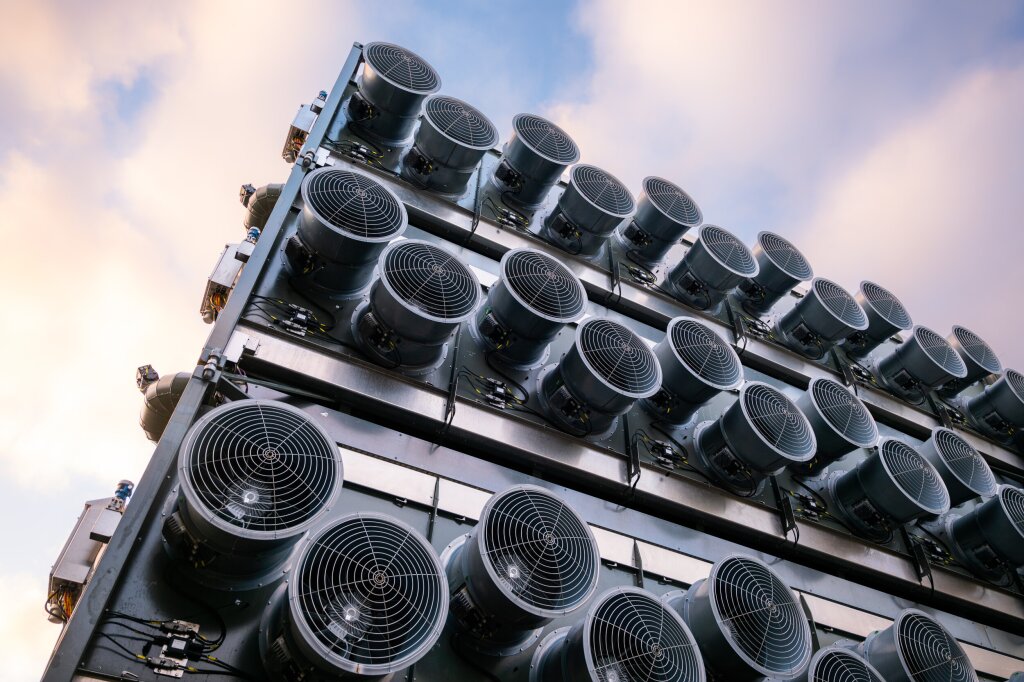Helping you remove CO₂ from the air
At Climeworks, we provide cutting-edge carbon removal solutions for businesses and individuals committed to positive climate action. Our service makes it easy to permanently eliminate CO₂ emissions that can’t be reduced.
With over a decade of expertise, we design, build, and operate our own Direct Air Capture and Storage facilities, ensuring top-quality, efficient carbon removal. We also partner with trusted carbon removal providers to offer a customized portfolio of solutions tailored to your net-zero goals.
Climeworks is by your side on your journey to net zero, helping you achieve lasting, science-based impact.
Why is carbon removal technology important to combat climate change?
To maximize our chances of limiting global warming to 1.5°C above pre-industrial levels, the most urgent task is drastic emissions reductions. However, while reducing greenhouse gas emissions is essential, the latest climate science is clear that only reducing emissions is not enough (IPCC, SBTi); urgent climate action is needed to halve emissions by 2030. To reach this target, we must first reduce emissions, and then actively remove CO₂ from the atmosphere.
Carbon removal plays a vital role in addressing two key challenges:
Residual emissions: Many industries and sectors find it extremely difficult to eliminate their CO₂ emissions. Carbon removal solutions can neutralize these residual emissions, helping to achieve net-zero goals.
Historic emissions: CO₂ has been accumulating in the atmosphere for decades, contributing to the climate crisis. Technologies like direct air capture can directly remove this historic CO₂ from the air, effectively reversing the effects of past emissions.
How our carbon dioxide removal technology works
Direct air capture (DAC) is a technology that captures CO₂ directly from the air. Unlike traditional carbon capture methods focused on industrial emissions, DAC offers a versatile solution for emission reductions and removal by capturing CO₂ from the air.
At Climeworks, we've combined DAC with permanent underground storage (DAC+S) to create a powerful tool for combating. This process involves:
Atmospheric capture: Our advanced DAC facilities use specialized filters to extract CO₂ from the ambient air. These filters are designed to selectively capture CO₂ molecules, leaving other atmospheric gases unaffected.
CO₂ concentration: The captured CO₂ is then concentrated and purified to ensure its suitability for storage. This process involves a series of filtration and separation steps to remove impurities and increase the CO₂ concentration.
Underground storage: Once concentrated, the CO₂ is stored deep underground by our storage partners.
In Iceland, our storage partner Carbfix utilizes a unique geological process to permanently store the CO₂ underground. The CO₂ is injected into deep basalt rock formations, where it reacts with the minerals to form stable carbonate minerals. This process effectively locks the CO₂ away, preventing its release back into the atmosphere - it remains safely stored for over 10,000 years.
In the U.S., we announced three projects as part of the U.S. Department of Energy’s Regional DAC Hubs program and were already awarded USD 50m to kickstart one of the Hubs, called Project Cypress. Other promising locations are Canada, Norway, and Kenya, where we collaborate with local partners to explore the development of direct air capture and storage on a large scale.
Direct air capture is one of today's most promising carbon removal technologies. We’re continually researching and developing ours with a world-class team of over 150 engineers.
Lead the race to net zero
You can focus on reducing what you can, while we remove what you can’t.



